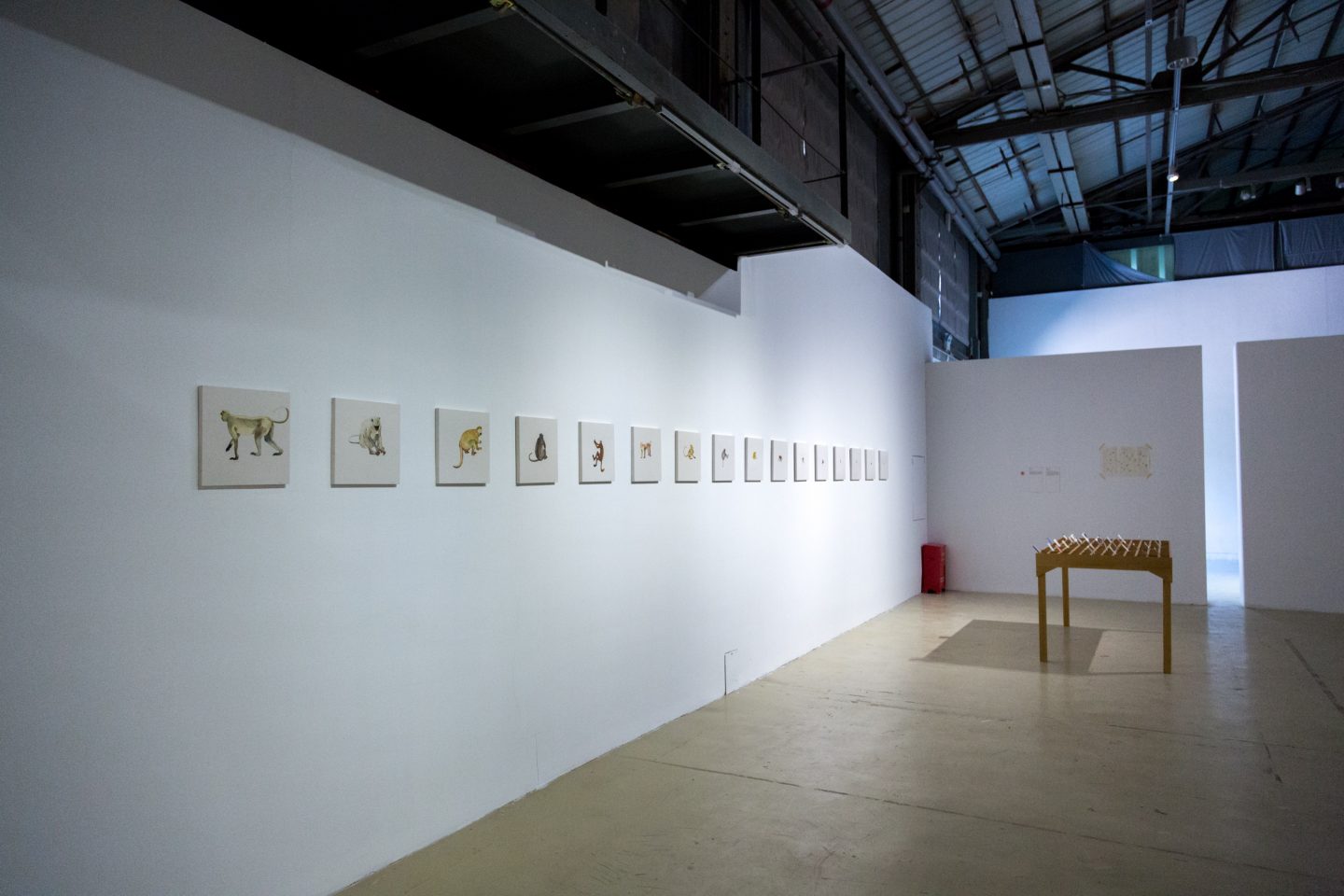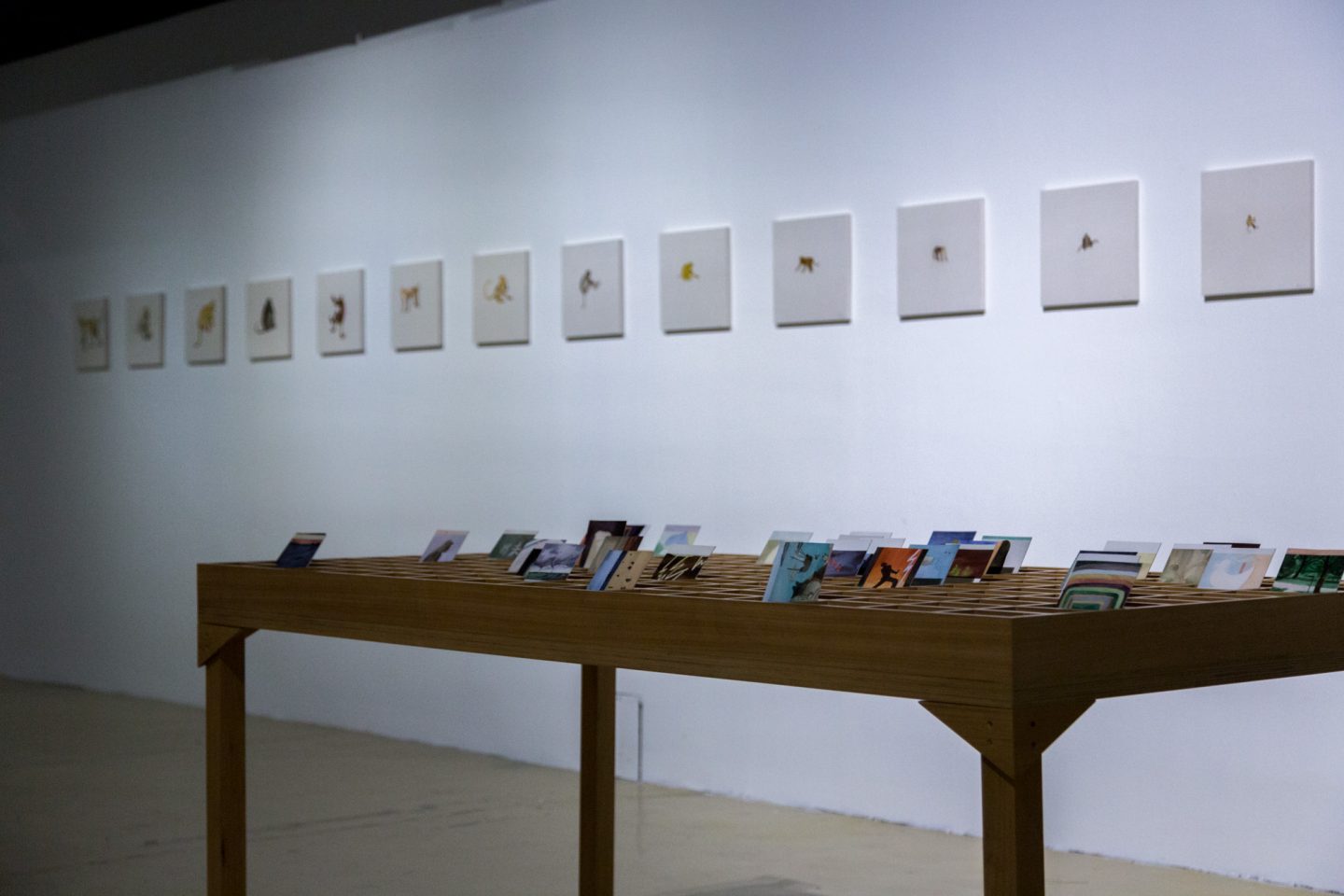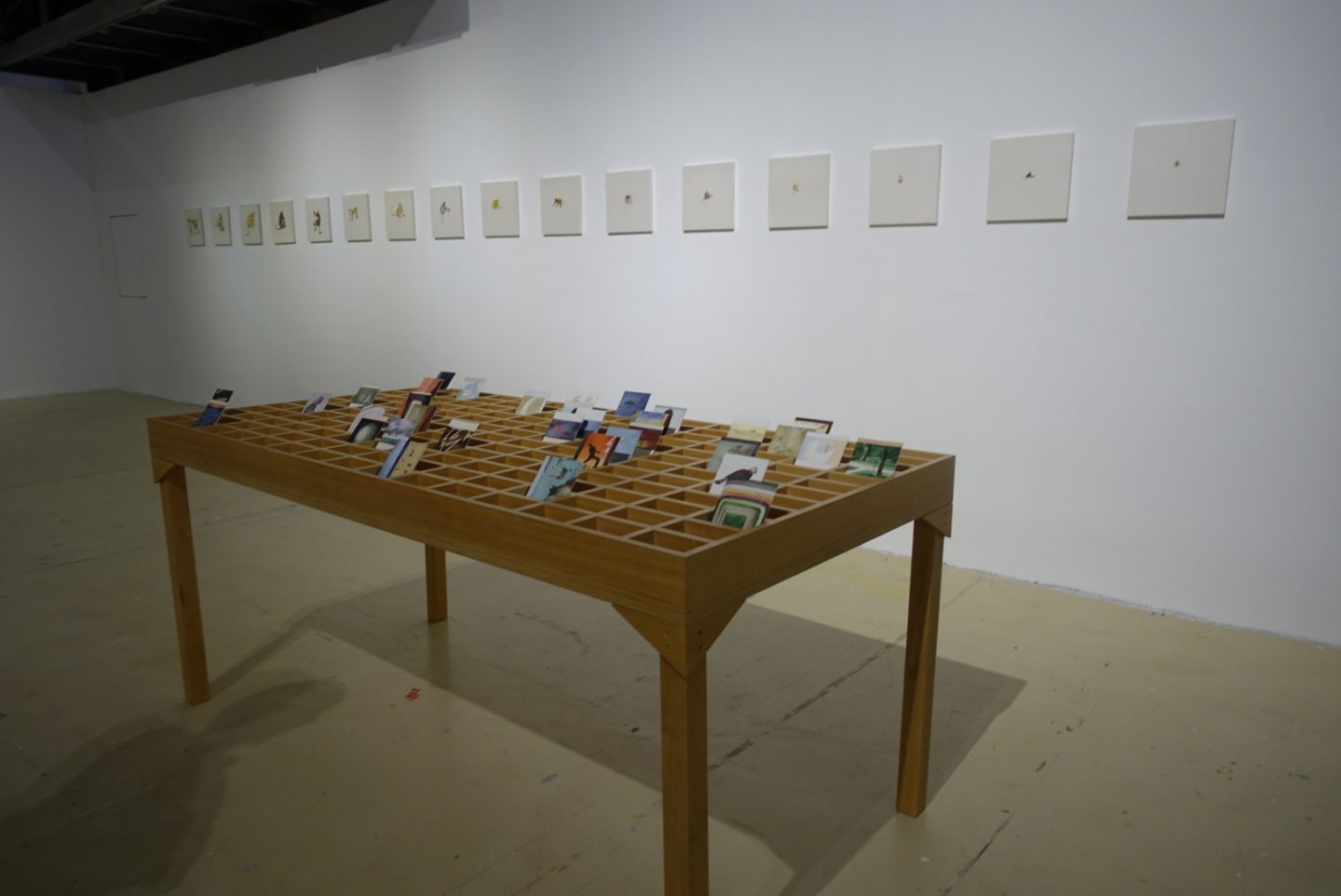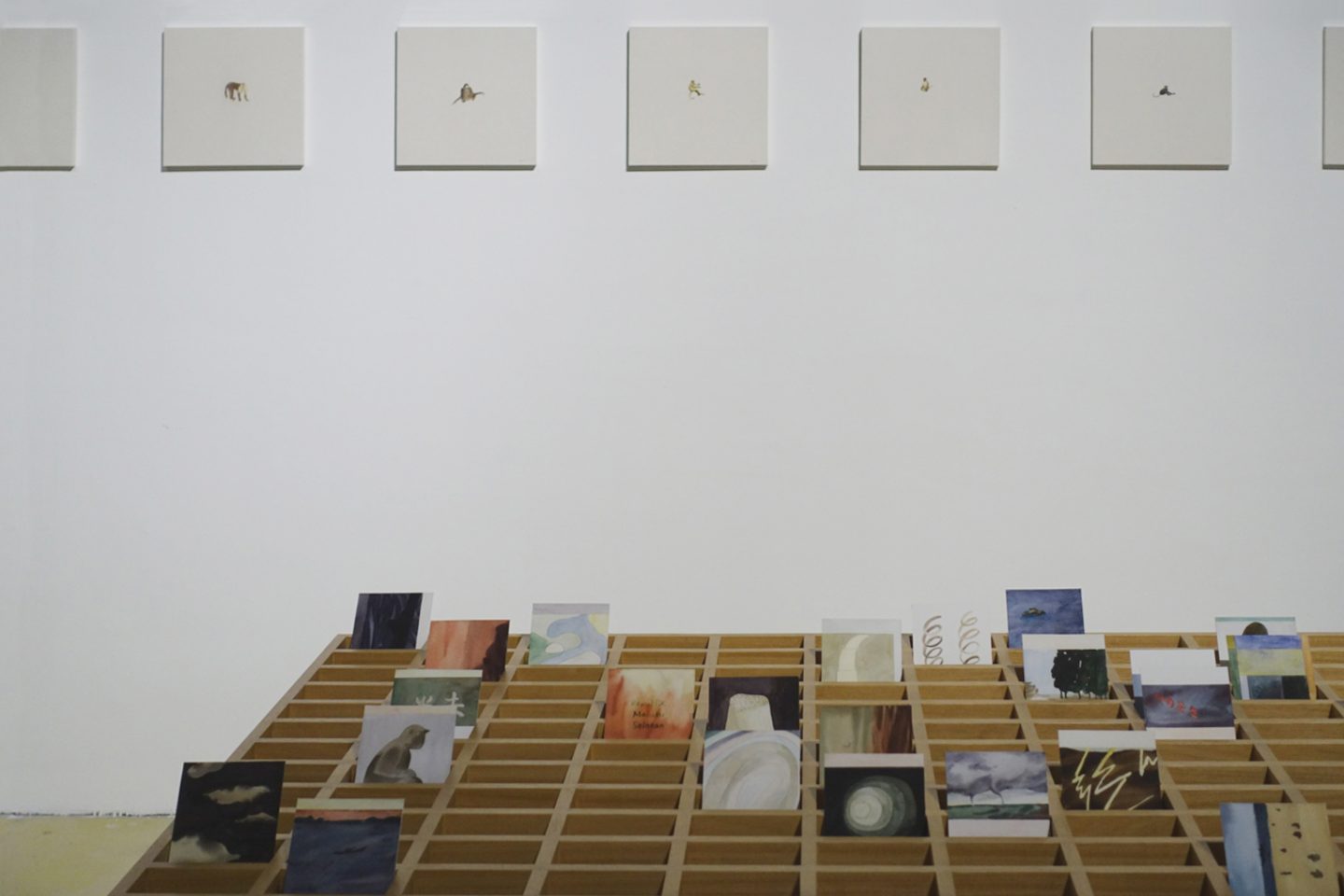SYMBIOSIS: The Intertextuality of Art and Poetry
OCAT Shenzhen
2019.9.21 – 11.10
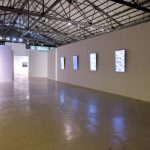
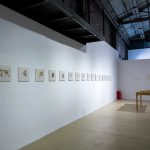

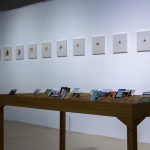
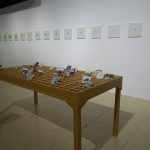
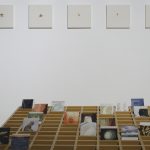
“Symbiosis: The Intertextuality of Art and Poetry” organized by OCAT Shenzhen will be opened at 4 p.m. on September 21st, 2019. This exhibition, whose opening will feature a “Recital” dedicated by the participating poets and artists, will last to November 10th, 2019. As a follow-up of OCAT Shenzhen’s research project “Text and Visual” launched in 2018, it has invited Zhu Zhu, a poet, curator and art critic as the curator, and Fang Lihua, Li Rongwei and Wang Jinghan, a curatorial team from OCAT Shenzhen as the co-curators. It attempts to examine and explore the history of Chinese poets and artists’ associations and relations since the 1970s, the artists’ practices departed from poetry motifs as well as the poets’ practices in art. This exhibition is titled “Symbiosis”. In biology, the term “symbiosis” signifies that two things are involved in a many-layered relation giving rise to multiple consequences. When extended into a cultural context, this implies complex interactivity between poetry and art, along with a shared social background. The exhibition has invited 28 poets and artist to participate.
At the juncture of the 1970s and the 1980s, as the tide of Western modernism triggered the birth of Chinese avant-gardism, poets and artists were closely connected in the course of this cultural movement. The “Star Star Painting Group” and the “Today Poetry Group,” in their underground journal and in their exhibition activities, represent a classic instance of cultural symbiosis. As the influence of modernism was felt in various locales, similar symbiotic relations continually broadened their range of activity. Even during the “post-1989” tide of commercialism, this cultural formation continued to extend itself, more often embodied in daily interactions than in commitments to a movement. Taverns and bookstores served as surrogate public spaces where they could connect with each other. As contemporary art entered the carnivalesque phase of capital, we began to notice a spiritual distancing and a material disparity began between poetry and art, even as textual dialogues and even role switching continued. Such exchanges provide us with multiple topics to revisit, explore and display.
The exhibition “Symbiosis: The Intertextuality of Art and Poetry” is constructed by two sections, namely “Textual Zone” and “Artifacts Zone” , respectively displayed at Exhibition Hall A and B in OCAT Shenzhen. In the “Textual Zone” exhibited in Exhibition Hall A we have invited sixteen artists to present their treatments of poetic themes and poetic states of mind. Most were created quite recently, thus giving an idea of how poetic texts have been perused, grasped, and appropriated since poetry-art symbioses entered a new transformative phase in recent years. Among the materials we have included poetic texts written by artists. For the “Artifacts Zone” in Exhibition Hall B we focus on material from seven cities—Guiyang, Beijing, Chengdu, Fuzhou, Shanghai, Nanjing and Harbin. Spiritual exchanges and daily interactions between poetry and art over the past forty-some years are presented in journals, books, images, documentary videos, paintings by artists and a few poets, photos, stage dramas, and poetic texts related to art.
The core project of the present exhibition lies in assessing temporal shifts and developmental threads of the era in which we are situated. We will also judiciously touch upon the phenomenon of poets seeking a livelihood through painting, which has been observed in the past 10-plus years. The richly convoluted currents of history are far beyond what could be presented at a single exhibition site. According to our published plan for an exhibition series, we have invited proper writers in an effort to pursue inquiries covering additional localities and fields of interest.

